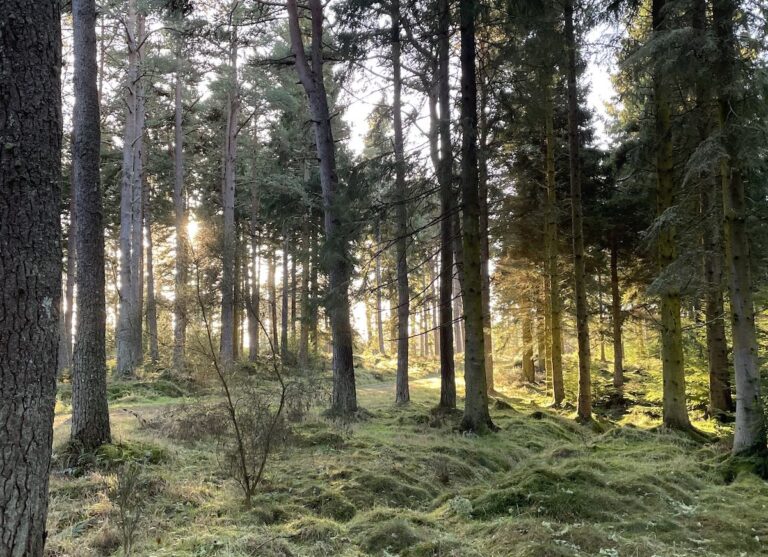 1.3 miles
1.3 miles
Culloden Battle Field

Located near Inverness in the Highlands of Scotland, the Culloden Battlefield stands as a somber reminder of one of the most pivotal moments in Scottish history. On April 16, 1746, this quiet moor was the site of the last pitched battle fought on British soil, marking the end of the Jacobite Rising of 1745. Today, it serves not only as a memorial to those who lost their lives but also as an educational resource for visitors from around the world.
The History Behind Culloden
The Battle of Culloden was a decisive confrontation between the Jacobite forces fighting for Charles Edward Stuart (Bonnie Prince Charlie) and the Royalist troops loyal to King George II. The conflict was rooted in a complex web of political, religious, and dynastic tensions that had simmered for decades. The Jacobites sought to restore Charles and his ancestors from the House of Stuart to the thrones of England, Scotland, and Ireland, while the government forces aimed to quash this rebellion. The battle was brief yet brutal; within less than an hour, it turned into a slaughter with over 1,500 Jacobites killed or wounded.
What makes Culloden Battlefield unique among other historic battlefields?
Visiting Culloden Today
Modern-day visitors to Culloden Battlefield are greeted by a landscape that has been carefully preserved to resemble its appearance in 1746. A visitor center operated by the National Trust for Scotland offers detailed exhibitions about the Jacobite uprising, immersive audio-visual presentations that recreate the battle’s atmosphere, and artifacts recovered from the field. Guided tours provide deeper insights into both sides’ strategies and experiences during this tragic conflict.
The Memorial Stones and Graves
A poignant feature of Culloden Battlefield is its memorial stones and mass graves. Each clan that fought in support of Bonnie Prince Charlie has its own stone marker on the battlefield. Nearby lie mass graves where soldiers were buried together according to their clans—a powerful testament to familial loyalty and shared heritage even in death. A large cairn erected in 1881 commemorates all those who perished here.
Interactive Learning Experiences
In addition to traditional exhibits, Culloden Battlefield offers interactive learning experiences designed to engage visitors of all ages. Living history demonstrations bring eighteenth-century military life into vivid relief while hands-on activities allow guests to explore historical artifacts up close. For those interested in genealogy or specific aspects of Highland culture before and after Culloden, specialized workshops are periodically available.
Reflections on Peace and Conflict
Beyond its historical significance, Culloden Battlefield invites reflection on broader themes such as peace, conflict resolution, and remembrance. A visit here is not just about understanding past events but also contemplating how history informs our present attitudes towards war and reconciliation. The site’s serene setting belies its violent past yet serves as a powerful reminder that peace should never be taken for granted.
Keypoints
- Last pitched battle fought on British soil
- Pivotal moment in Scottish history
- Carefully preserved battlefield landscape
- Detailed exhibitions at visitor center operated by National Trust for Scotland
- Memorial stones and mass graves honoring fallen clansmen
- Interactive learning experiences including living history demonstrations
Check out things to do nearby...
 1.3 miles
1.3 miles
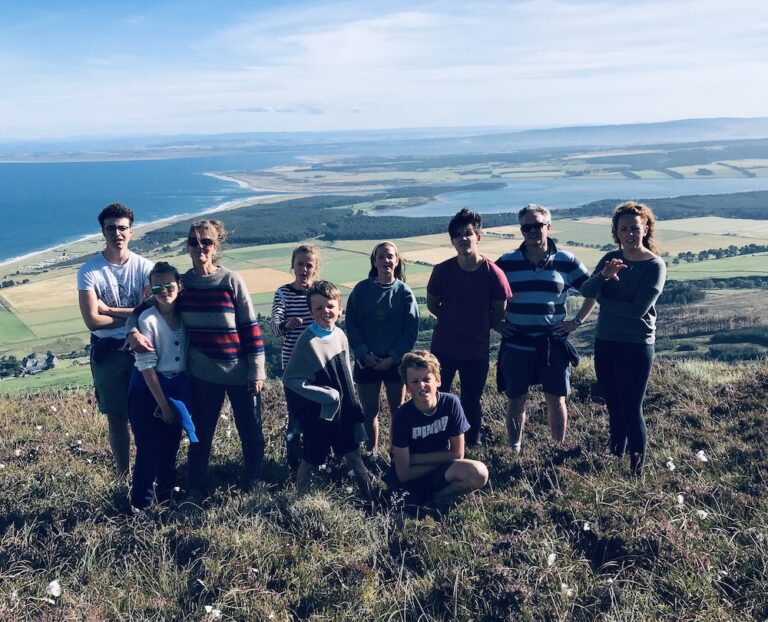 10 miles
10 miles
Climb Ben Bhraggie
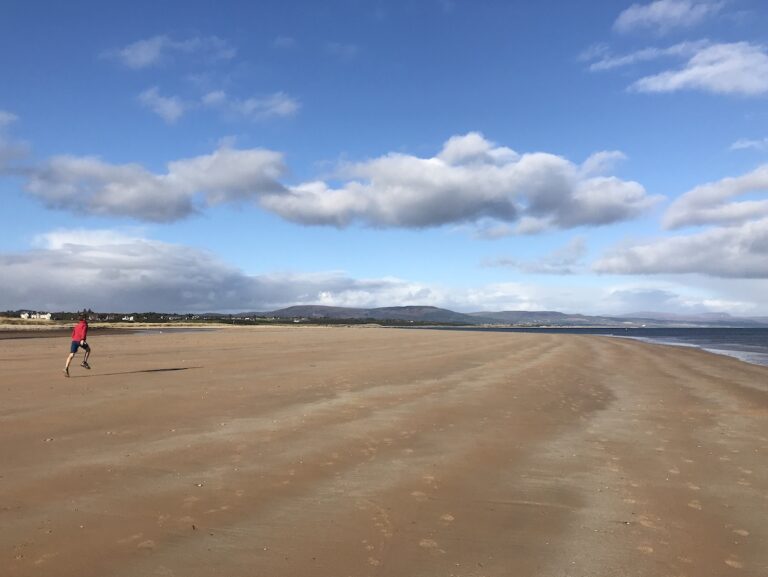 0.4 miles
0.4 miles
Dornoch Beach
 0.2 miles
0.2 miles
Dornoch Bike Hire
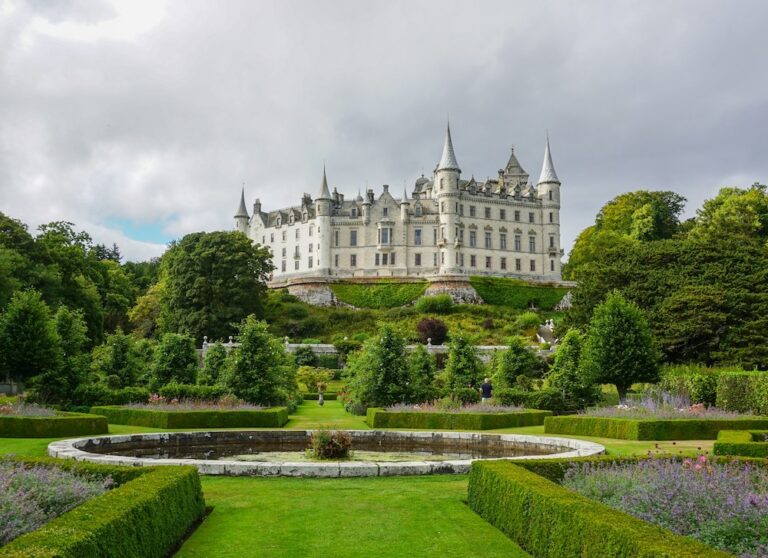 12 miles
12 miles
Dunrobin Castle
 miles
miles
Fishing
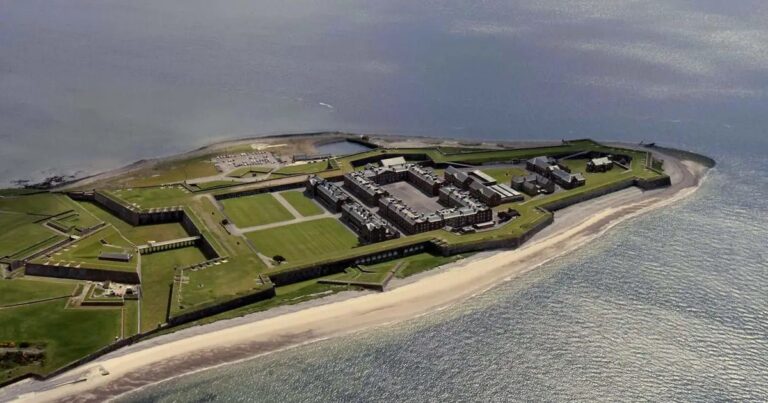 53 miles
53 miles
Fort George
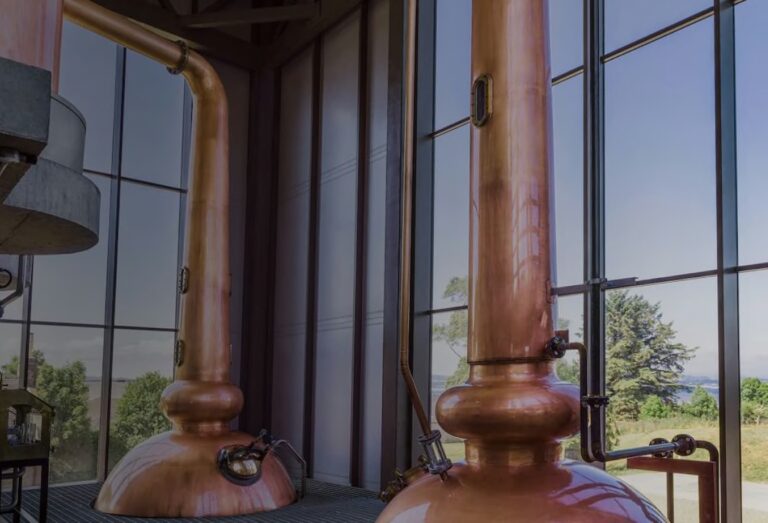 8 miles
8 miles
Glenmorangie Distillery
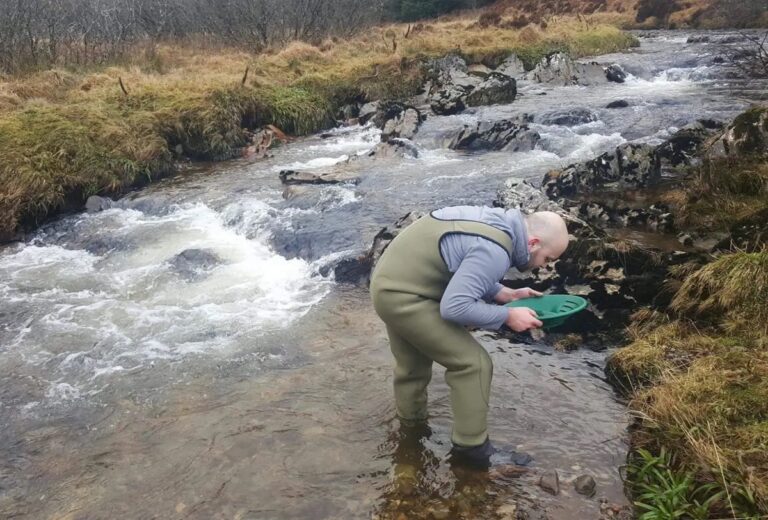 35 miles
35 miles
Gold Panning at Kildonan
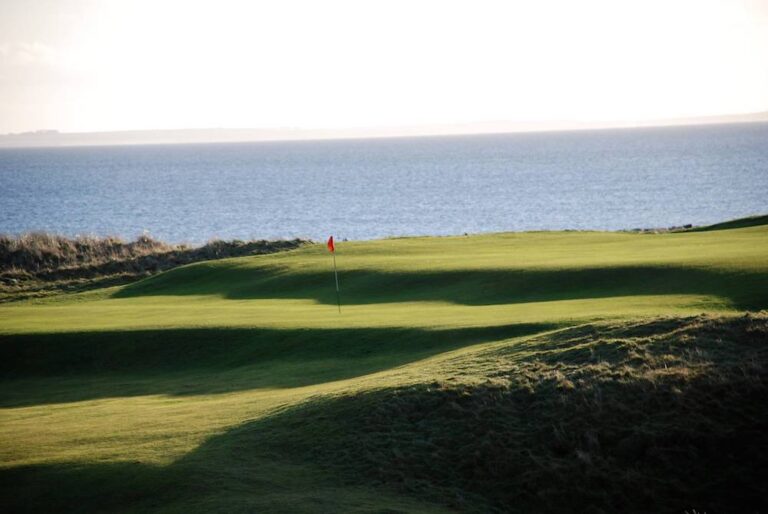 10 miles
10 miles
Golspie Golf Club
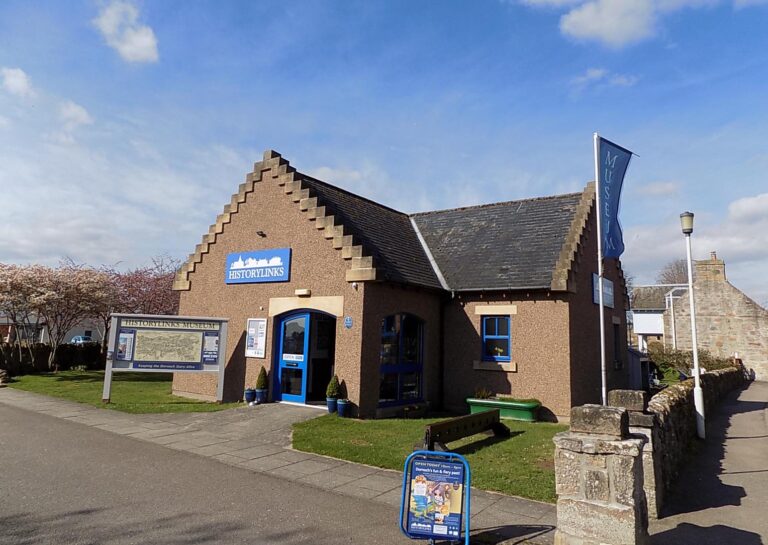 0.1 miles
0.1 miles
Historylinks
 0.4 miles
0.4 miles
Royal Dornoch Golf Club
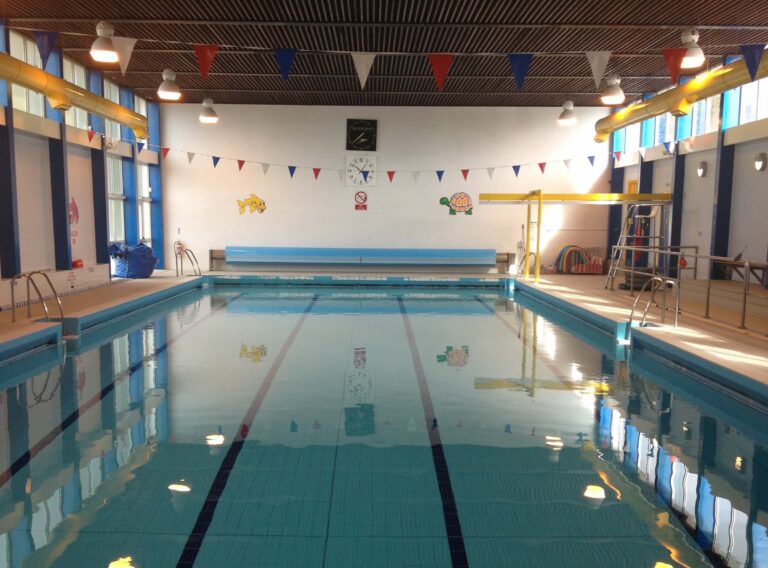 10 miles
10 miles
Sutherland Swimming Pool
 10 miles
10 miles
The Trawler – Golspie’s award winning Fish & Chip Shop
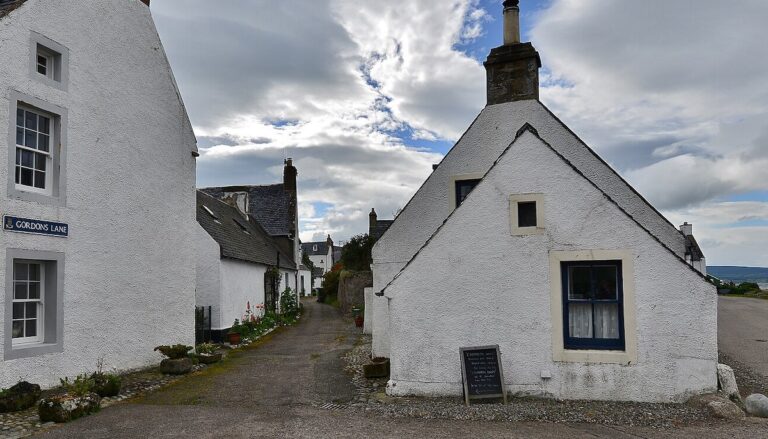 18 miles
18 miles